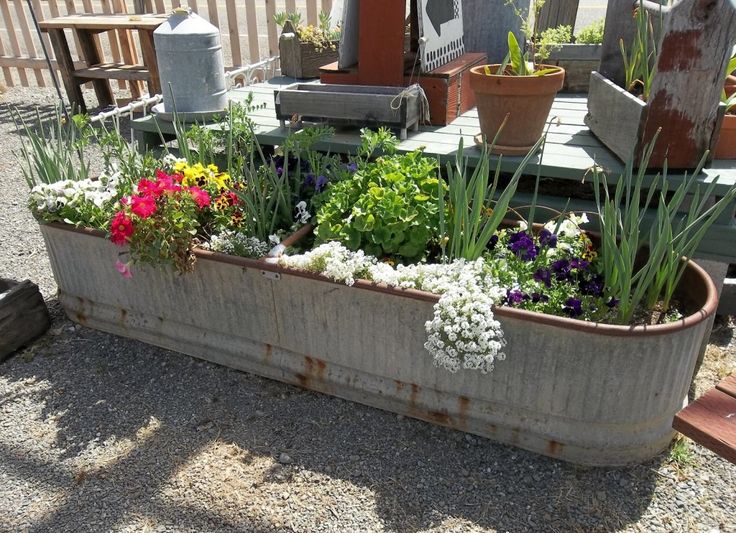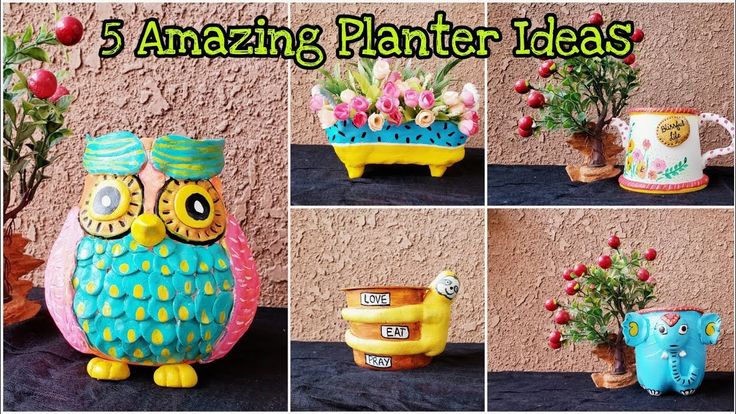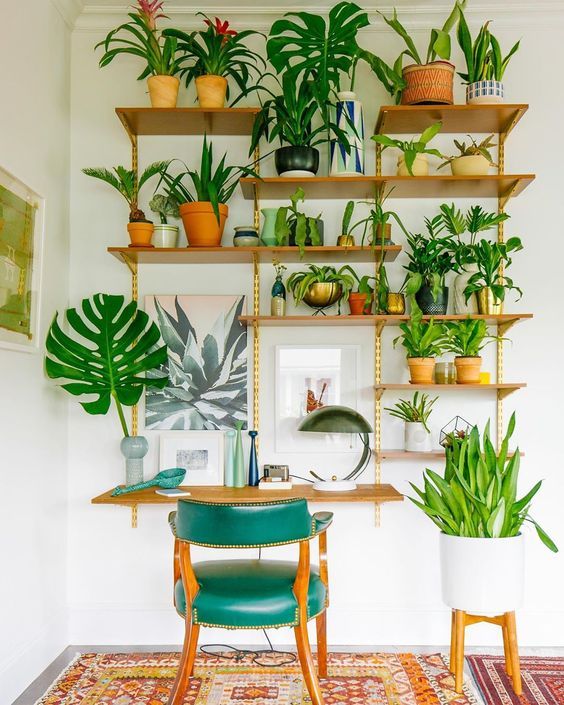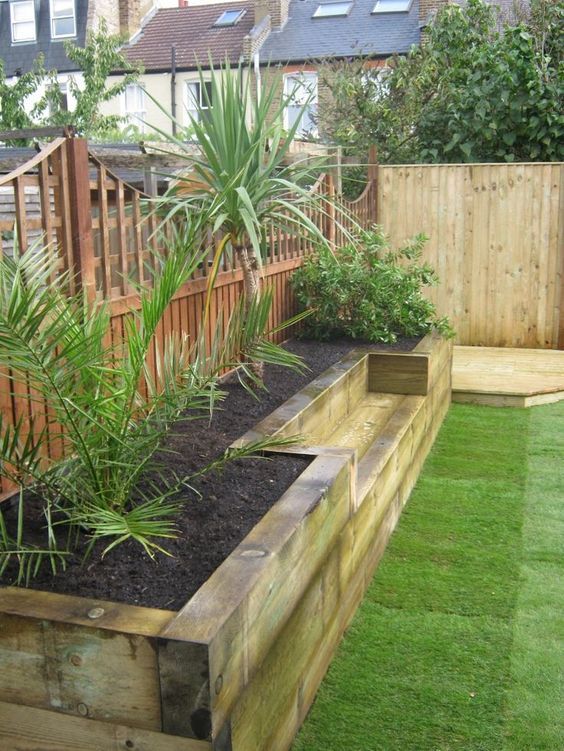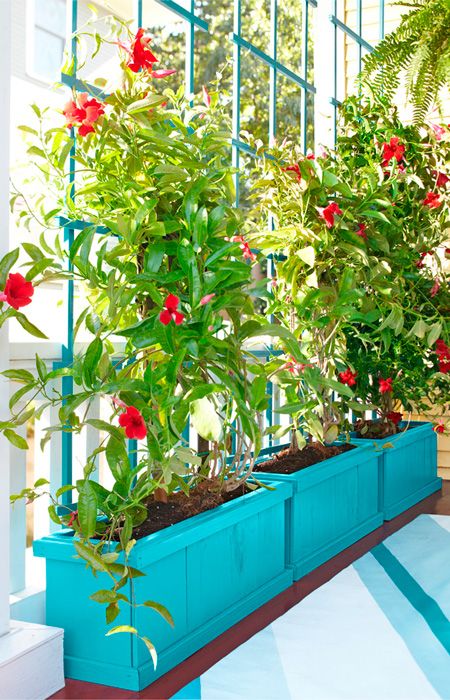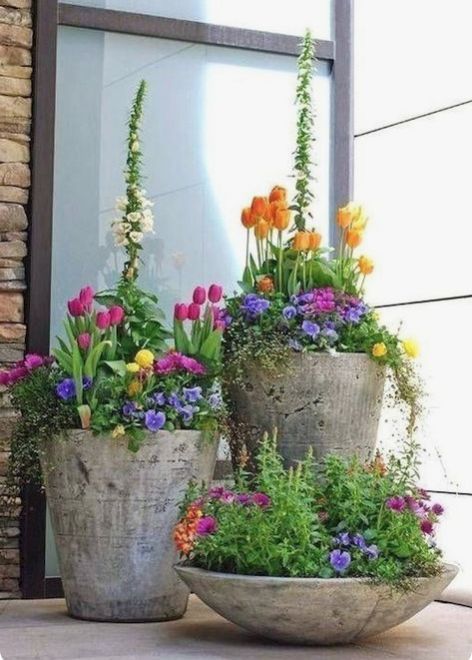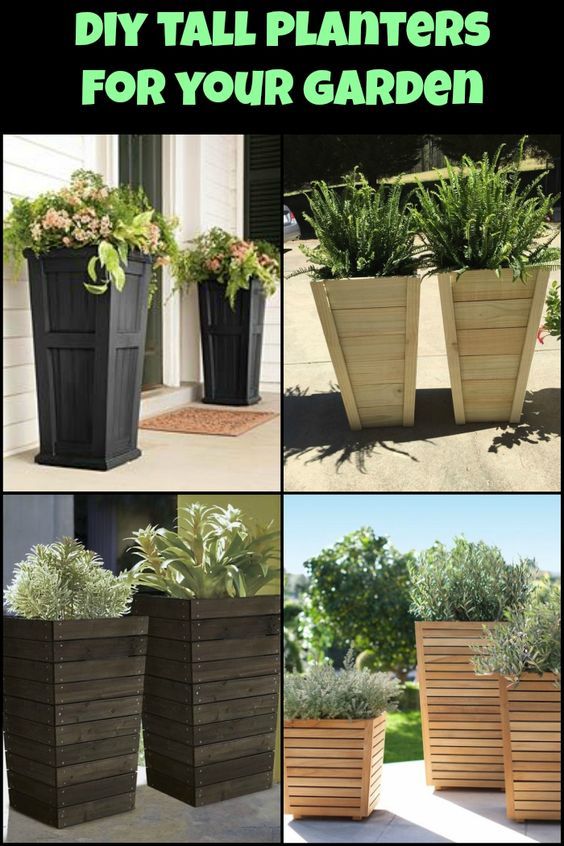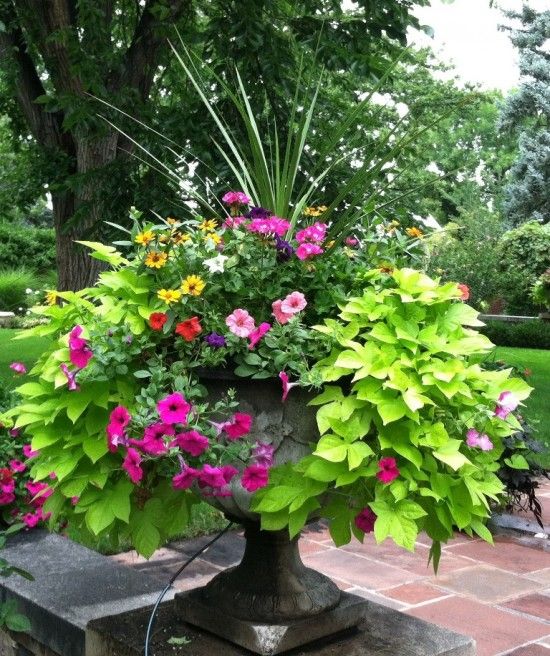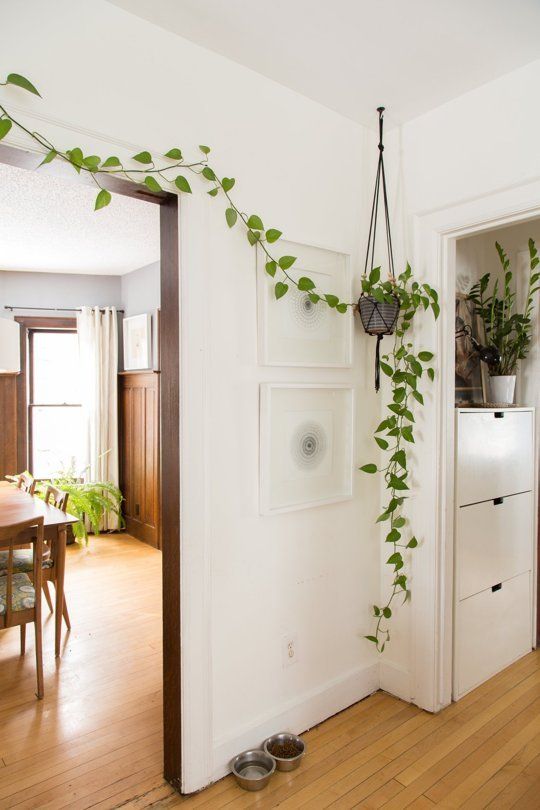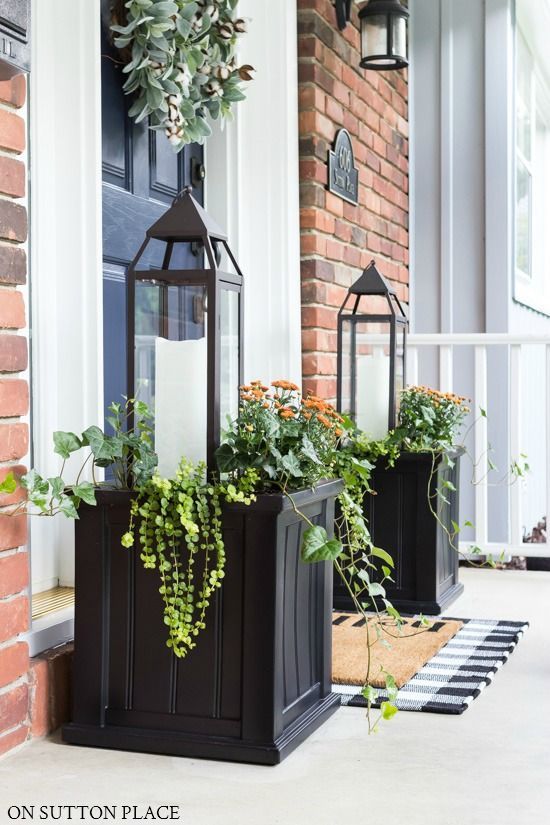Properly sized planters is very important as it can seriously affect the health of your plants. You need a pot large enough to comfortably accommodate your plants. Otherwise there is a risk that the growth of your plant will be affected. However, it must not be too big either, as this increases the risk of root rot and poor soil as the soil does not dry out quickly enough.
- When choosing a planter, measure the diameter of your plant’s roots and the planter itself. You must Choose a planter with a diameter at least 1.5 times larger than the root diameter of your plant.
- For example If your plant’s roots are around 10 cm in diameter, you will need a planter that is at least 15 cm in diameter.
- Your plant will almost certainly outgrow its current planter, as will you you have to be prepared to pot it up again at some point.
- if it is a slow growing plant, you only need to increase it 1 inch or 2 inches in diameter but if your The plant grows quite fast, you need to increase the size by 2 to 4 inches every time.
- For stationary planters like raised beds, you will have to plan ahead – Calculate the approximate diameter of each plant and then leave at least that much space between plants, more if growing fast.
- For example, If your plants are 5cm in diameter, leave at least 5cm between each plant in the raised bed. This allows them to grow safely without penetrating each other’s trunks.
- If you grow plants with shallow rootsAs with vegetables, a relatively short raised bed of only about 1.5 m is sufficient here 10 inches high.
- If you are Don’t worry about rodents getting to your plants and invest in a raised bed that’s at least 18 inches tall – Things like mice or rabbits cannot easily reach your plants and will soon give up trying.
- For the elderly or people with back problemsThe purchase of raised beds is recommended at least 22 cm high. This higher height prevents you from bending over too far in the garden, which reduces the risk of back pain.
